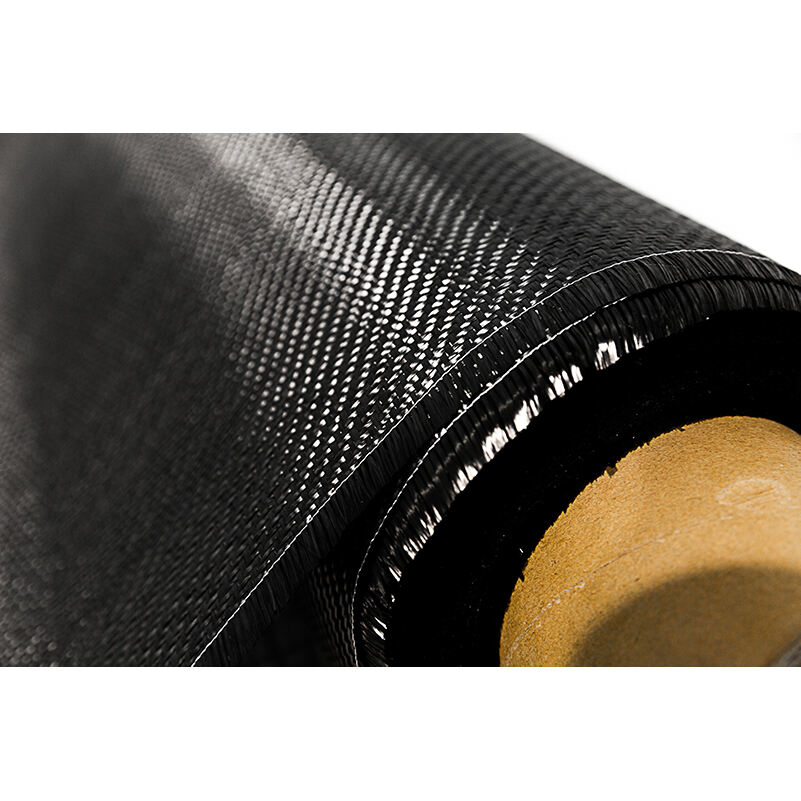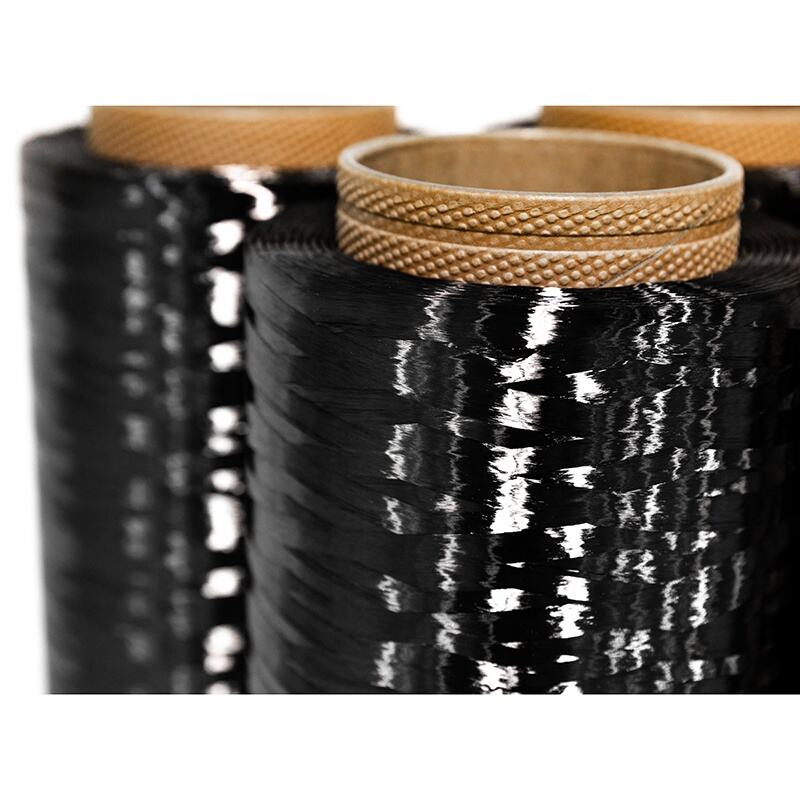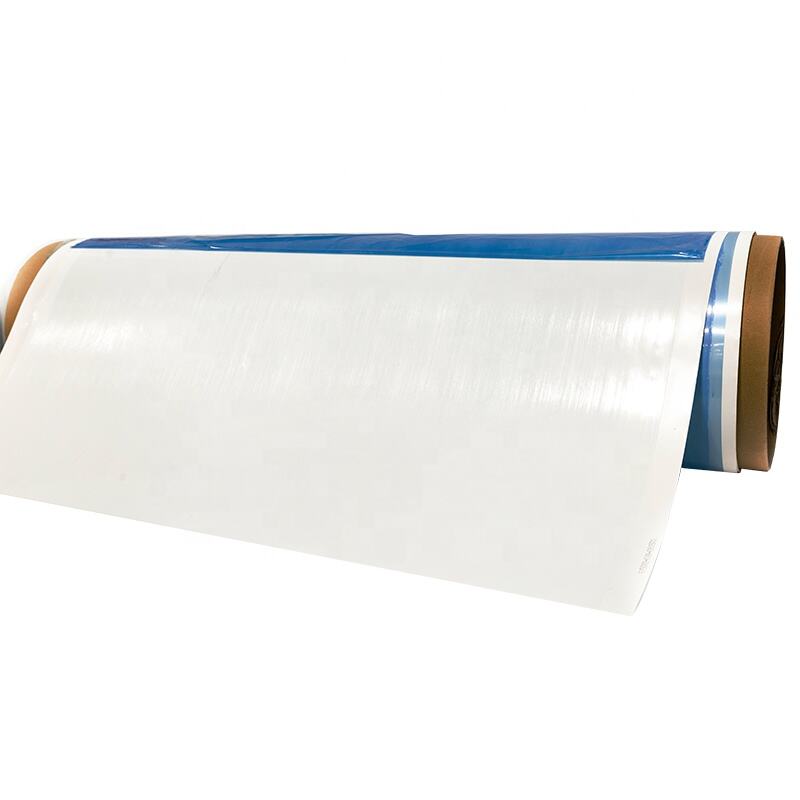cfrp material
Carbon Fiber Reinforced Polymer (CFRP) represents a groundbreaking advancement in materials science, combining exceptional strength with remarkably low weight. This innovative composite material consists of carbon fiber reinforcement embedded within a polymer matrix, typically epoxy resin. CFRP's unique structure enables it to deliver superior mechanical properties while maintaining minimal mass, making it an ideal choice for applications where weight reduction is crucial. The material exhibits outstanding fatigue resistance, thermal stability, and dimensional stability across various environmental conditions. In aerospace applications, CFRP components can reduce aircraft weight by up to 20 percent compared to traditional aluminum structures, leading to significant fuel efficiency improvements. The automotive industry increasingly adopts CFRP in high-performance vehicles and electric cars to enhance range and performance. Additionally, CFRP finds extensive use in sporting goods, wind turbine blades, and construction, where its high strength-to-weight ratio provides substantial advantages. The material's corrosion resistance and durability make it particularly valuable in marine and offshore applications, while its flexibility in design allows for complex shapes and structures that would be difficult to achieve with conventional materials.


